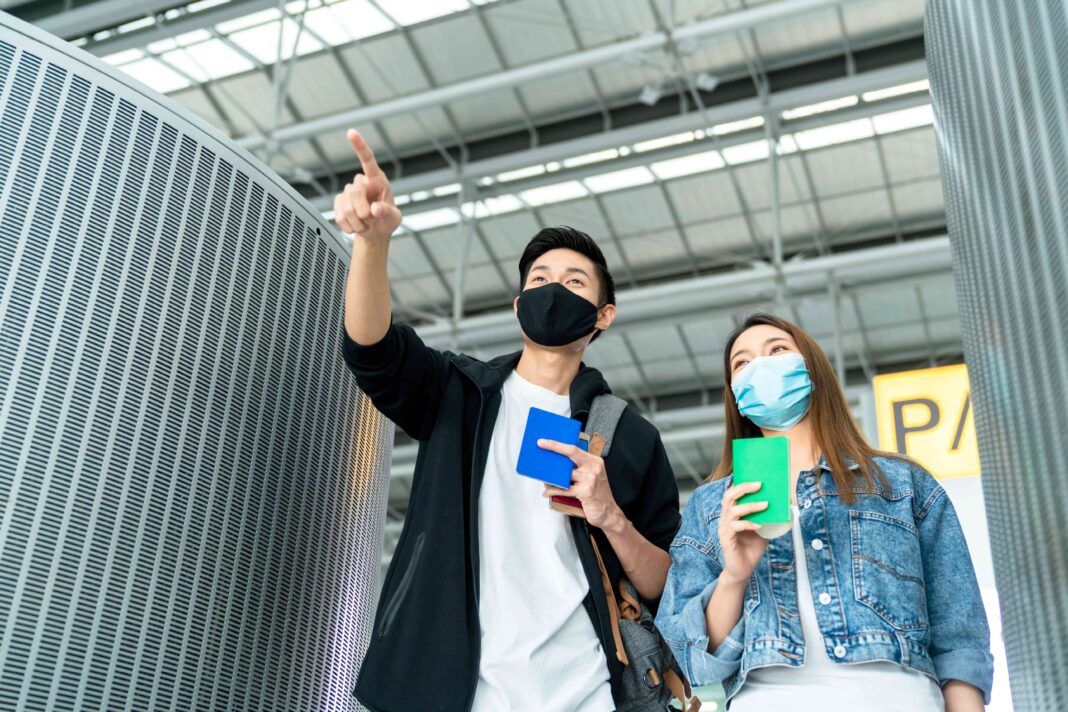Canada, renowned for its stunning natural beauty, vibrant cities, and diverse culture, is a dream destination for many travelers around the world. Whether you’re visiting for tourism, business, or family reasons, it’s essential to understand the visa requirements for entry. If you’re a Filipino or Japanese citizen planning a trip to Canada, there are specific procedures you’ll need to follow. This article will help guide you through the process of obtaining a visa or Electronic Travel Authorization (eTA) for both Filipino and Japanese travelers.
Canada Visa for Filipino Citizens
Filipino citizens are not part of Canada’s visa-exempt countries list, meaning that most travelers from the Philippines must apply for a visa to visit Canada. The most common type of visa is the Temporary Resident Visa (TRV), which is typically used for short stays, such as tourism, business, or visiting family and friends.
How to Apply for a Canada Visa:
- Determine the Type of Visa: Filipino citizens wishing to visit Canada for tourism, business, or to visit family members will need a TRV. If you plan to study or work in Canada, you will need to apply for a study permit or work permit instead.
- Prepare the Required Documents: To apply for a TRV, you must provide several documents, including:
- A valid passport with at least six months of validity.
- Proof of financial support (bank statements, pay slips, etc.) to demonstrate that you can cover the cost of your stay.
- A travel itinerary and details of your accommodation.
- Documents proving your ties to the Philippines, such as employment records, family relationships, or property ownership, which will reassure the authorities that you intend to return home after your visit.
- Submit Your Application: You can apply for a TRV online through the official Canadian government website or submit your application at a Visa Application Centre (VAC) in the Philippines. Make sure to submit your application well ahead of your travel date, as visa processing times may take several weeks.
- Biometrics and Interview: In some cases, you may be asked to provide biometric data (fingerprints and a photograph). Additionally, Canadian immigration authorities may request an interview to assess your application.
- Wait for Your Visa: After submitting your documents and completing the necessary steps, the Canadian authorities will process your visa application. If approved, you will receive a visa allowing you to travel to Canada for the specified duration.
For more information and to begin your visa application, visit Canada Visa for Filipino Citizens.
Canada Visa for Japanese Citizens
Unlike Filipino citizens, Japanese citizens are eligible for a more streamlined entry process. Japan is one of the visa-exempt countries for Canada, meaning that Japanese passport holders do not need a visa for short stays of up to six months for tourism, business, or family visits. However, Japanese travelers must apply for an Electronic Travel Authorization (eTA) if they are flying to Canada.
How to Apply for an eTA:
- Eligibility: The eTA is available to all Japanese citizens who are traveling to Canada by air for tourism, business, or transit. If you are flying into Canada for a short visit, you will need to apply for an eTA. The eTA is linked electronically to your passport and does not require a physical visa sticker.
- Apply Online: Applying for an eTA is quick and easy. Simply visit the official Canadian immigration website, fill out the online application form, and pay the processing fee. All you need is a valid Japanese passport, a credit card, and an email address.
- Processing Time: The eTA application is typically processed within minutes, though it’s advisable to apply at least a few days before your trip in case additional documentation is required.
- Approval: Once your eTA is approved, it will be linked to your passport electronically. You can then board your flight to Canada without needing any additional paperwork. Note that the eTA is only valid for air travel—if you are entering Canada by land or sea, you do not need an eTA.
- Duration: The eTA for Japanese citizens is valid for up to five years or until your passport expires, whichever comes first. Each visit is typically allowed for a stay of up to six months, depending on the decision of the immigration officer at the port of entry.
For more details about applying for an eTA, visit CANADA VISA FOR JAPANESE.
Key Differences Between Filipino and Japanese Entry Requirements
- Visa Requirement: Filipino citizens must apply for a Temporary Resident Visa (TRV) to visit Canada, whereas Japanese citizens are generally visa-exempt for short stays but need an eTA if traveling by air.
- Processing Times: The TRV application for Filipino citizens may take several weeks, whereas the eTA application for Japanese citizens is typically processed within minutes.
- Application Method: Filipino travelers apply for a TRV online or at a Visa Application Centre, while Japanese travelers can apply for an eTA exclusively online.
Conclusion
Whether you’re a Filipino or Japanese citizen, understanding the visa requirements for Canada is crucial for a smooth trip. Filipino travelers must apply for a Temporary Resident Visa (TRV), while Japanese citizens can easily obtain an Electronic Travel Authorization (eTA) if flying to Canada. Both processes are straightforward, but it’s important to ensure you have the correct documentation and allow plenty of time for processing.
